On the topic: According to tradition, the saint was bishop of Myra and is said to have lived in the 4th century. There has been evidence of a cult on his sarcophagus in the basilica at Myra since the sixth century. Above all, the liquid that the grave secreted, which was considered to have healing properties, was the reason for pilgrimages. In 1087 the saint's bones were stolen by Italian merchants and brought to Bari. A large pilgrimage church was built here in honor of the saint. His numerous patronages and the customs that developed over the centuries, which are still practiced in European countries today, keep the memory of the bishop from Myra alive. Over time, many legends grew up around the saint. His special kindness and willingness to help certainly have a historical core. Most legends are late Byzantine or medieval Western.
Description: The saint is depicted as a bishop. His right hand is raised in blessing, in his left he holds an open Gospel book on which the beginning of the Gospel of St. Nicholas is written in Church Slavonic.
"At that time Jesus gathered together a great multitude from all Judea..."
Christ and the Mother of God are depicted in the round aureoles on the right and left, a takeover from the Arius legend. The abbreviation for Christ (IC XC) and for the Mother of God (MP OY) is engraved above them.
In the upper inner field the titulus: "Saint Nicholas the Wonderworker"
A quality house icon!


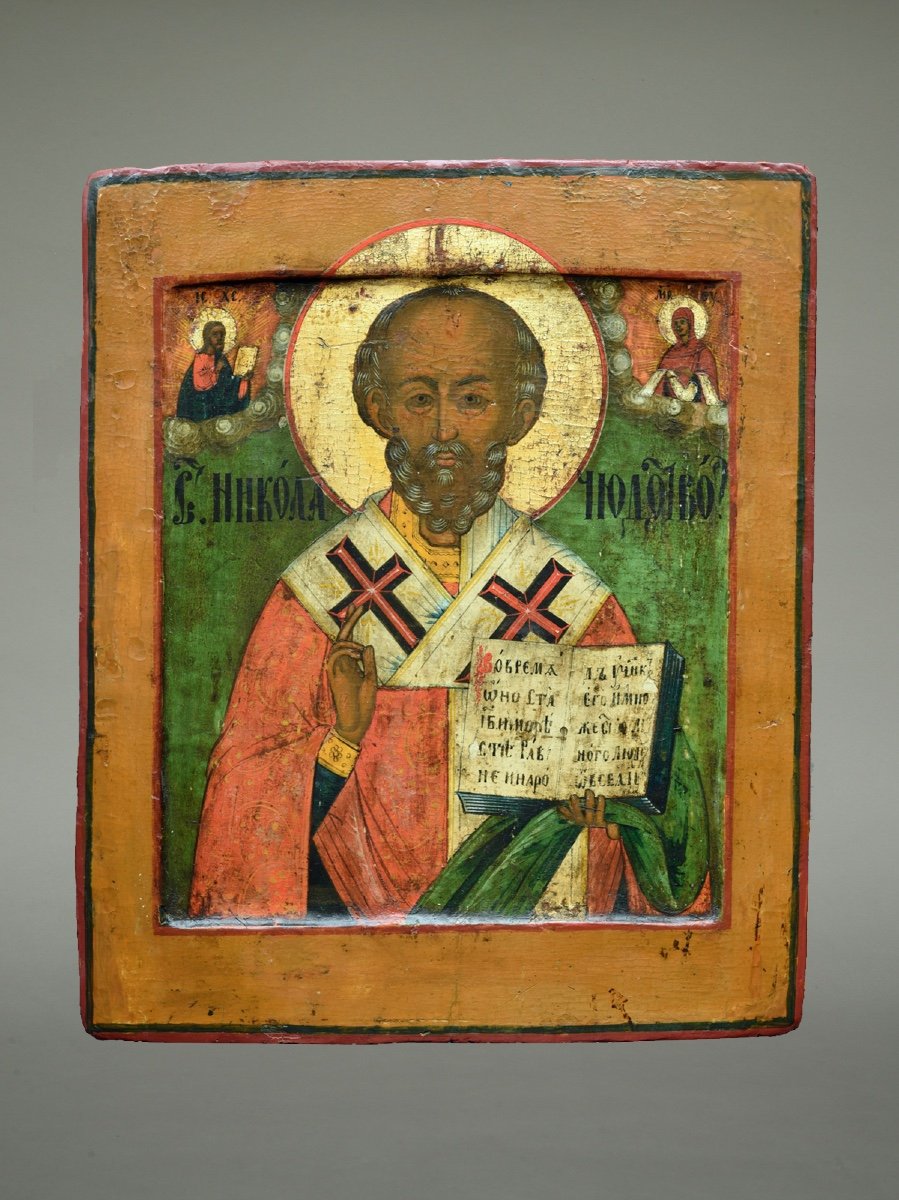
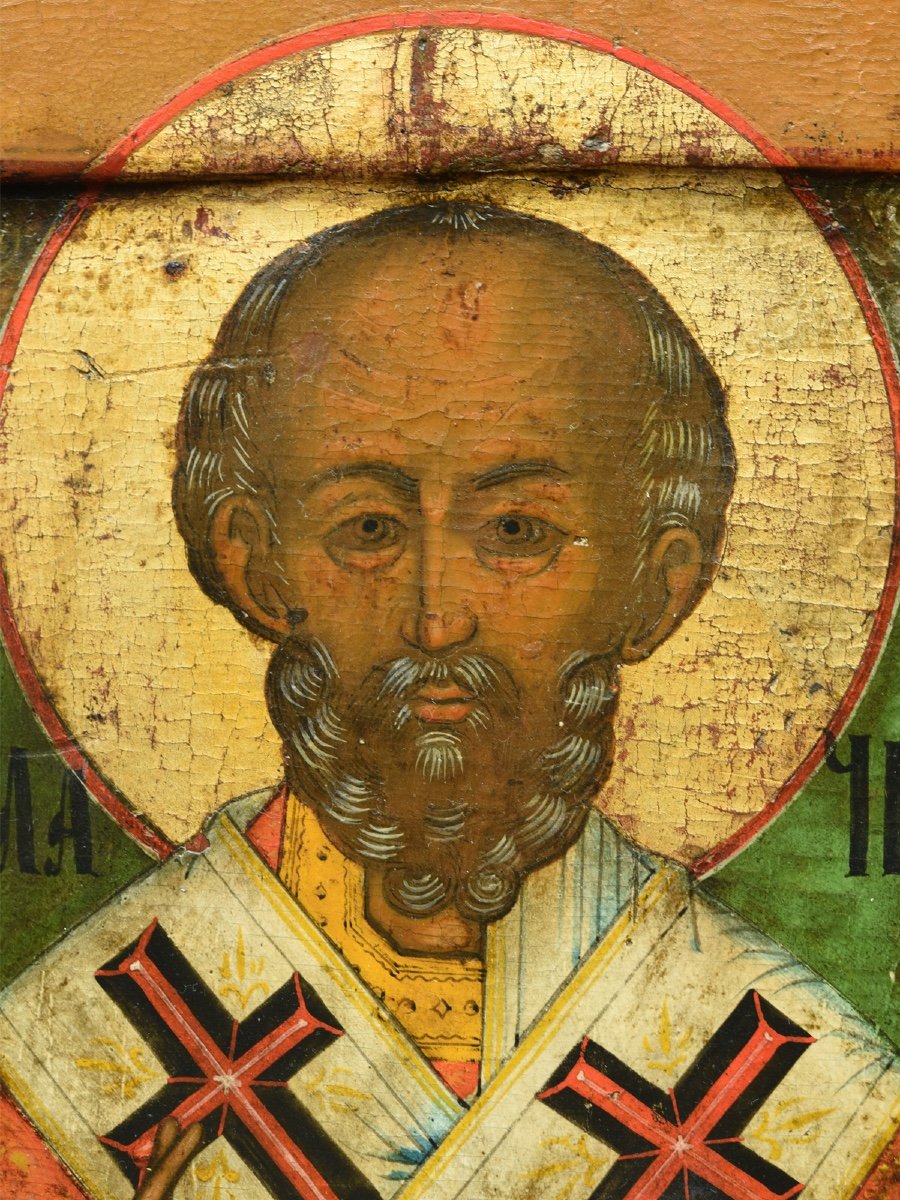
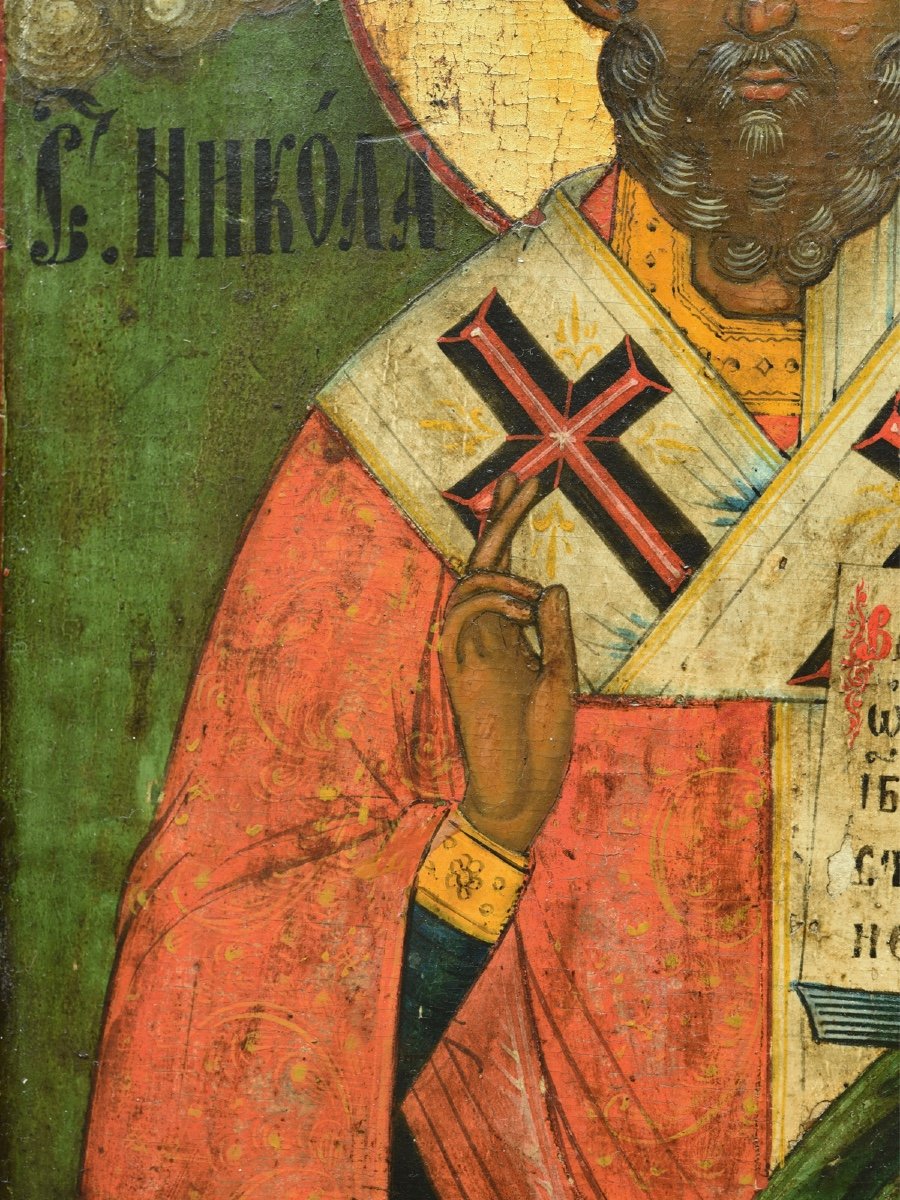
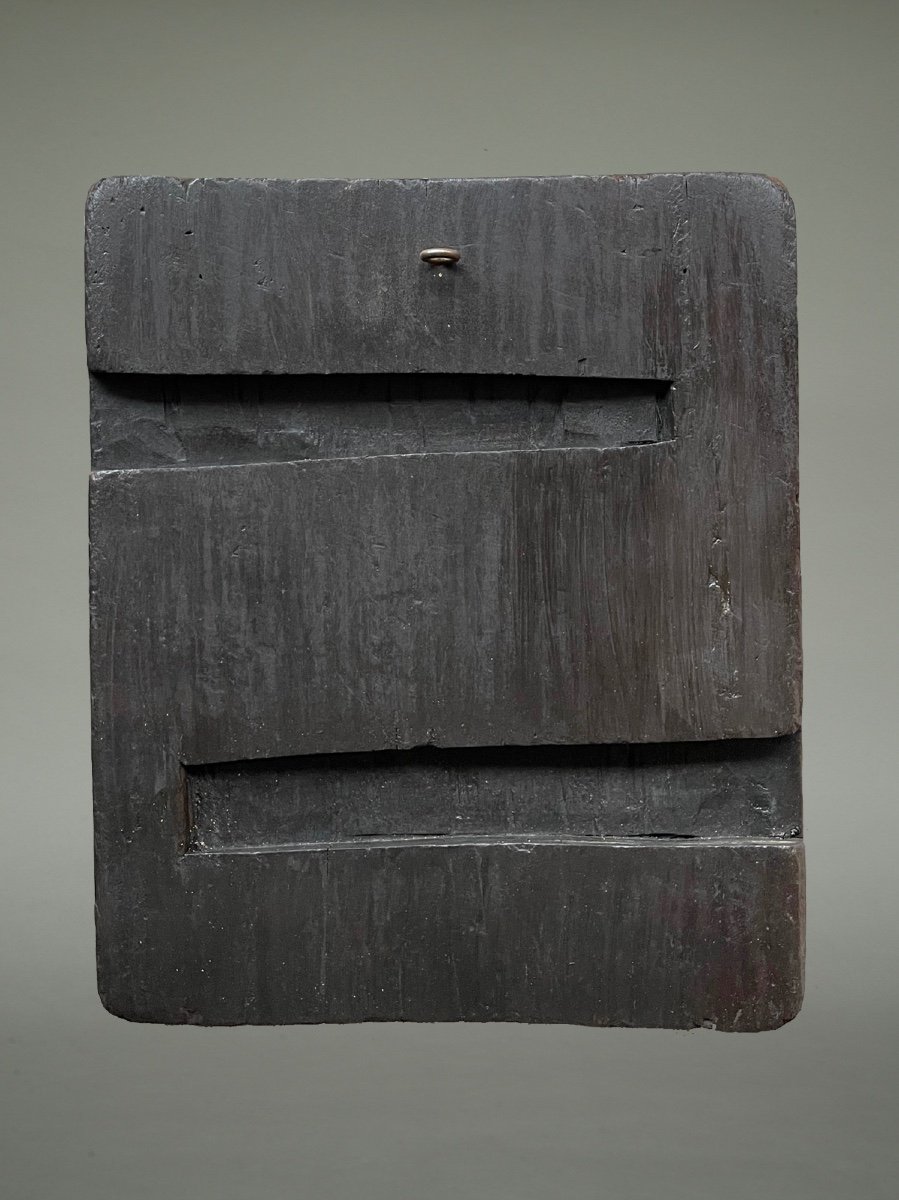
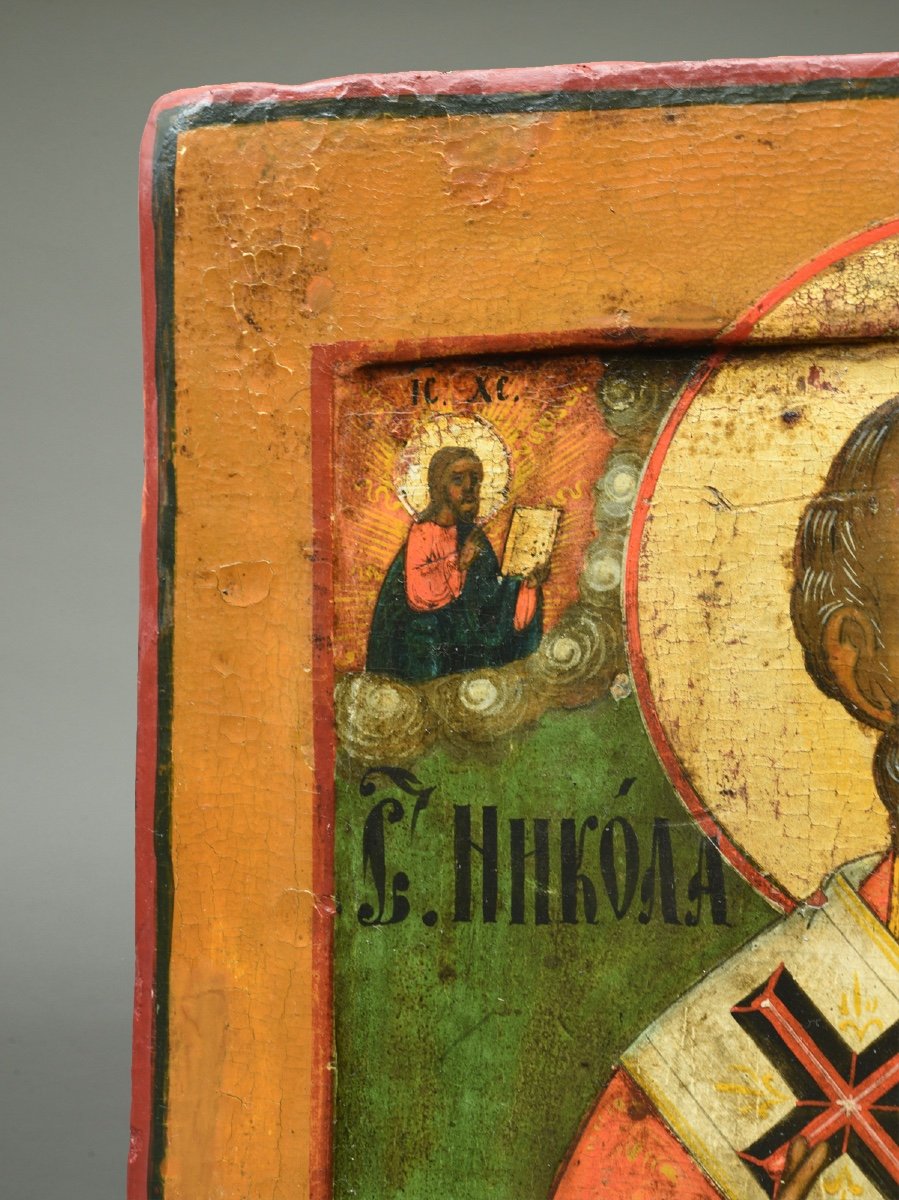
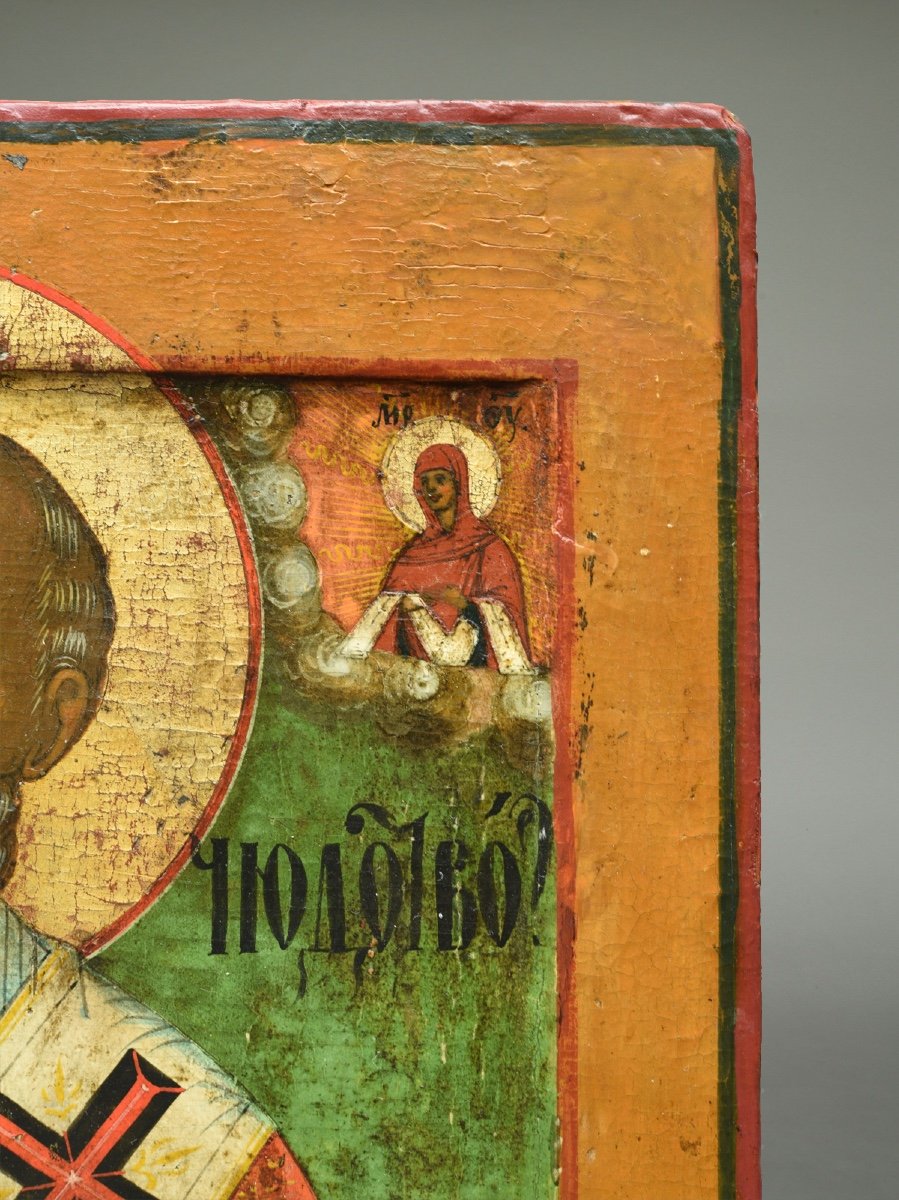







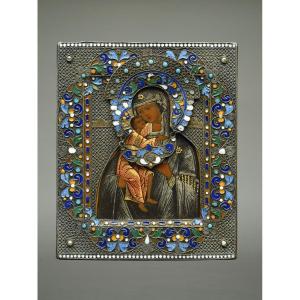




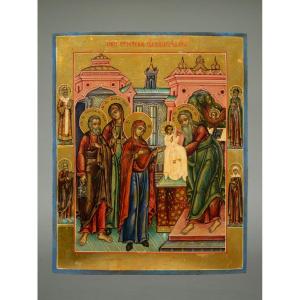

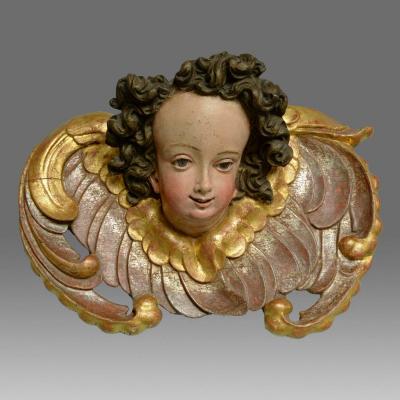
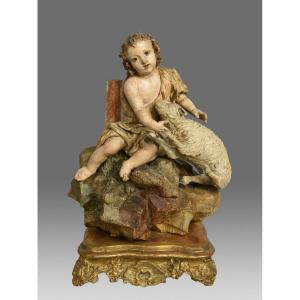


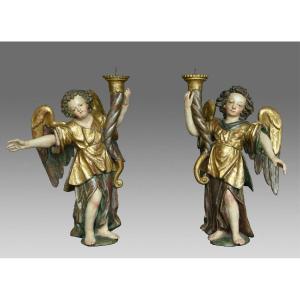
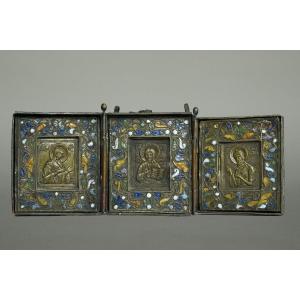




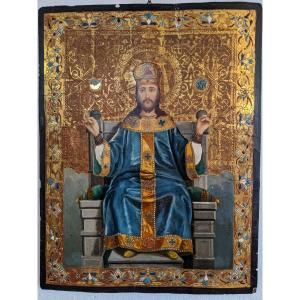



 Le Magazine de PROANTIC
Le Magazine de PROANTIC TRÉSORS Magazine
TRÉSORS Magazine Rivista Artiquariato
Rivista Artiquariato